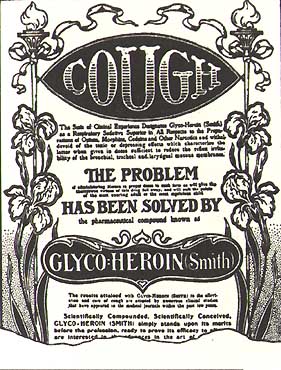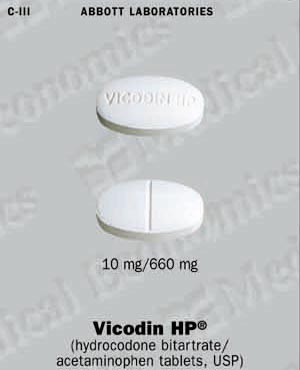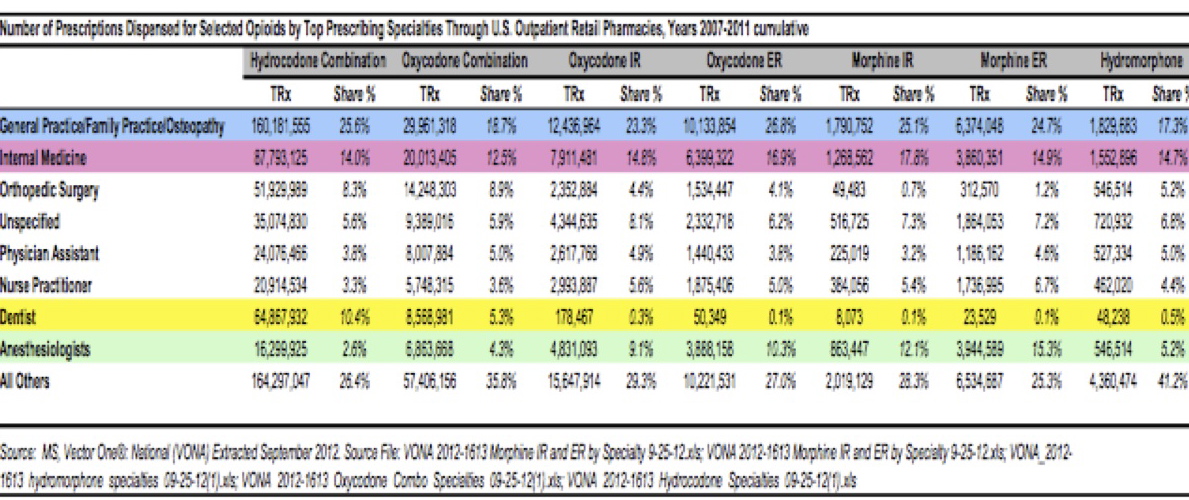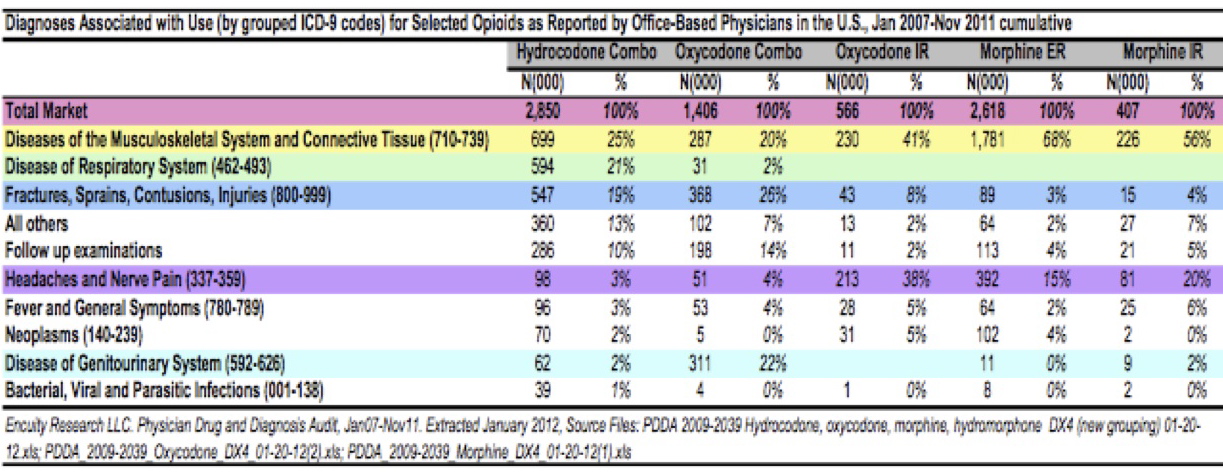Think you know when, why and how our nation is facing an epidemic in opioid medication related tragedies including overdose deaths and addiction??
Betcha you don’t!
Keep this thought in mind as you read the answer below:
“….but we created a trillion dollar industry with millions of customers in the name of taking away pain…….a few mistakes along the way are just expected bumps in the road as an acceptable price to pay for success!!”
1920’s
*Hydrocodone first manufactured in the early 1920s by the German pharmaceutical company Knoll.
*U.S. government was searching for an answer to the growing “opium problem,” as thousands of middle-class Americans became hooked on opium derivatives used as cough suppressants.

*1929, the U.S. Bureau of Social Hygiene gave the National Research Council several million dollars to study various new compounds like hydrocodone, seeking to find a less addictive painkiller than opium derivatives.
The National Research Council appointed Dr. Nathan Eddy, a pharmacologist and professor at the University of Michigan to assess the safety, efficacy and side effects of 350 drugs, from morphine and codeine to Dilaudid and hydrocodone.
How was Hydrocodone Tested?
Effectiveness testing was carried out on laboratory animals. To find out how well a substance killed pain, Dr. Eddy devised a test in which a cat would be immobilized by a series of metal clamps; pressure would then be applied to its tail. A researcher would record how hard and long the pressure was applied before the animal “displayed a response.” The animal would then be dosed with any one of a number of compounds. The researcher would then apply the same pressure, say, 25 minutes later. If the animal did not yelp, more pressure would be applied until the it finally “displayed a response.” The difference between the first number and the last came to represent the compound’s “analgesic effect.”
What did the tests conclude?
*hydrocodone was an effective painkiller with predictable side effects.
*hydrocodone also stood out from the pack in one remarkable way: It provoked such euphoria in the animals that Eddy felt compelled to warn of its abuse potential. Hydrocodone was a good cough suppressant, he wrote in 1934, but it also “induced euphoria, and therefore there was danger of addiction.” It produced “excitation indistinguishable from that produced by morphine in morphine- tolerant rats.”
*there was something else that made hydrocodone different from the other addictive compounds. As Eddy noted: “Its repeated administration to dogs and monkeys leads to the development of tolerance but more slowly than that of morphine or Dilaudid and to the occurrence of abstinence syndromes that are less severe than with the other drugs.” Translation: One can become dependent on it without knowing one is dependent on it — until one is really hooked.
Our 5 Fatal Flaws:
Fatal Flaw #1 (mid-late 1930’s):
Eddy never found a nonaddictive analgesic, but hydrocodone and a number of other drugs he tested did work their way into the U.S. drug system despite his well-documented concerns.
Fatal Flaw #2: (late 1930’s -1960’s)
No one disputed that the drug was effective, and when prescribed in the less-is-more fashion with which painkillers used to be prescribed, it was quite safe.
This safety caveat was never tested or proven.
Fatal Flaw #3: (1970’s-late 1980’s)
Advocates for pain patients finally convinced medical authorities to loosen their grip on the pills arguing that bona fide pain patients were routinely under-medicated despite the existence of drugs that could alleviate their suffering.
Fatal Flaw #4: (1970’s-late 1980’s)
The American Medical Assn. and other medical groups issued guidelines to physicians encouraging more aggressive prescribing. Pain was dubbed the “fifth vital sign.”
Fatal Flaw #5: (late 1980’s-today)
Pharmaceutical manufacturers seized the opportunity; samples of hydrocodone, sold as Vicodin, were handed out to pain specialists — and also to dentists, family practitioners and any other physician who might have patients with pain.
Then What?
Remember Knoll? The 1920‘s German hydrocodone pharmaceutical manufacturer (where we began)…they introduced Vicodin in 1978. Knoll was taken over by German BASF in 1975, which sold it to Abbott Laboratories in 2002.

Generic manufacturers then jumped on the bandwagon, making the drug affordable to all to the tune of manufacturing 20 billion tablets of only hydrocodone (Vicodin) and oxycodone (OxyContin) prescription painkillers (that’s just two types of opioids) annually. U.S. health care provider’s filled 259 million prescriptions for opioid painkillers in 2012 alone despite dramatic increases in chronic pain along with alarming tragic overdose deaths, addiction and many other adverse side affects.
Today, we continue to manufacture and prescribe even more opioids while creating and bringing to market even more powerful new opioids like the controversial Zohydro and Targiniq.
Our “fatal flaws” of not long ago will continue to fuel this national health crisis.
Isn’t it time we return to finish the job of the 1920‘s: researching and testing the “safety” of these powerful opioid medications? Even better, finally invest in discovering a safe, effective non-addictive pain medication.
Or….the alternative….we continue to suffer with more “bumps-in-the-road”?
Click on the following link to read more:
What’s the solution to the Opioid Debate?

Facing the daily obstacles of Chronic Pain becomes more and more difficult as the complication and controversy concerning effective treatments become more confusing, and in turn less effective.
Long term Opioid treatment for Chronic Pain has evolved into two opposing camps regarding the safe and effective use of opioids. The media continually reports snippets of headlines wielding words like misuse, addiction, depression and abuse as descriptions of responsible chronic pain patients, people who safely use opioids as prescribed by their doctor. These people are portrayed as “drug-seeking misfits” who have opted out of life for the “easy road” of living on disability. To these zealots, the answer is to stick all opioid users in rehab, whereby they will just have to “suck it up” and learn to live with their pain.
Opioids are not a new product of modern medicine. Hippocrates used opium as a narcotic dating back as early as 3400 B.C. (5,414 years ago!) as the opium poppy was cultivated by the Egyptians, Sumerians, Babylonians and Assyrians. Morphine, obtained from the seedpod extract or opium found in the opium poppy plant, was discovered in 1803 and in 1843 a doctor first administered morphine via injection. Given it’s inherent dangers, Opium was banned by the U.S. Congress in 1905. In 1914, the Harrison Narcotics Tax Act was passed in effort to curb drug abuse and addiction. This Act required doctors, pharmacists and others who prescribe narcotics to register and pay a tax.
In the early twentieth century, it was well known that opioids were effective in reducing pain, but they also had the potential to become addictive, causing a variety of dangerous personal health as well as societal problems. As we approached the decades of the 70’s, 80’s and 90’s complications grew exponentially, as we saw an explosion in the number of people suffering from Chronic Pain. Despite legislation in place to prevent opioid misuse/abuse, the pharmaceutical industry responded by manufacturing billions of opioid pills, and the medical profession wrote millions of opioid prescriptions. Quick and easy.
The outcome has been tragic. More people are in Chronic pain, despite more opioids being consumed. We now have an “epidemic” of opioid addiction, resulting in more deaths caused by accidental opioid overdose per year surpassing the number of deaths caused by motor vehicle accidents. The situation has become more complex as resultant depression, sometimes coupled with the use of alcohol and other prescription medications blurs what the “real” problem is.
While the media, medical professionals, government and pharmaceutical industry has become polarized in their opinions about whether opioids are “good, or bad”, we have missed the quintessential issue: greater research is needed to fully understand opioids. There has been almost NO research done to gain understanding of the long term effects of opioid therapy to manage chronic pain. This research is vital, as it would lead to innovation in creating a new class of medication that would potentially have the pain relieving qualities of opioids without the addictive, and other potentially dangerous, side effects.
With 20 billion tablets of only hydrocodone (Vicodin) and oxycodone (OxyContin) prescription painkillers (that’s just two types of opioids) manufactured annually to fill U.S. health care provider’s 259 million prescriptions for opioid painkillers in 2012, sold for record profits, there is no motivation to shift the paradigm. And until we make a change, the tragic trend of opioid use/misuse will only continue to escalate, resulting in more chronic pain, addiction, and deaths from opioid overdose.
Whose the expert?
While the vast majority of physicians are dedicated to helping patients suffering with Chronic Pain, most lack basic understanding of pain management and opioid therapy. When faced with emotional patients demanding relief, many doctors turn to opioids to satisfy the situation.
Despite the fact that over 100 million Americans suffer from Chronic Pain, U.S. medicals schools devote, on average, less than 10 hours to pain education (including opioid therapy education). In fact, one comprehensive study involving 117 medical schools reported only 3.8% have a required pain course with only 16.3 % of U.S. medical schools offering a designated pain elective. A large number of U.S. medical schools don’t teach any pain courses.

Sadly, for those medical schools offering pain education, it’s reported that only 1 hour is devoted to opioid pharmacology.
Some suggest that Chronic Pain treatment, including opioid therapy, must be left to the expertise of a pain specialist such as an anesthesiologist. These pain specialists doctors complete 4 additional years of medical specialty education with many completing an additional year of training to become a “sub-specialist” or an expert in treating pain.
Understanding that all the opioids in circulation are at some point prescribed by physicians, it’s plausible to conclude that one of the key reasons we are experiencing a national healthcare crisis involving opioids and Chronic Pain is due to a lack of doctor education.
The following chart shows how fewer opioid prescriptions are written by pain specialists (anesthesiologist) as compared to other types of doctors:

The chart below shows for what medical conditions opioids are being prescribed for:

Click on the following links to read more:
Emergency Medicine Journal Blog
While improving doctor education of Chronic Pain and opioid therapy will not fix all the problems, it will certainly help reverse the alarming trends of more Americans suffering with Chronic Pain along with the devastating opioid side affects including addiction, depression and overdose deaths.
Working smarter
Why are we not applying the old adage, “an ounce of prevention is worth a pound of cure?” The “ounce of prevention” would be to move beyond what was considered state-of-the-art in 3400BC (5414 years ago!) and bring in innovation to discover safer, effective chronic pain medication without the addictive, undesirable side effects. Or, we can continue the losing proposition of wasting time, and lives, chasing and managing the over 20 Billion opioid pills manufactured annually. Our last 100 years of opioid “management” has been a dismal failure. It’s time we do the right thing in finally helping those who suffer with Chronic Pain, while simultaneously preventing the tragic consequences of “the dark side of opioids”, misuse, abuse, overdose and death.
Want more details? The following link will fully familiarize with opioids and the treatment of Chronic Pain:
Opioids and the treatment of Chronic Pain
Interested in gaining insights from the anti-opioid camp? Click on the following link to read their typical argument (take a minute to read the comments which frames this heated debate):
mypainweb “opioid truths” is another extensive resource where you can learn much more.
